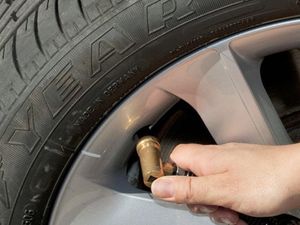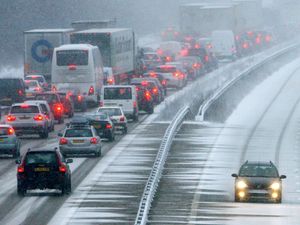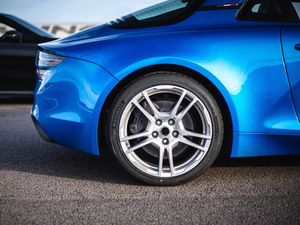The lockdown car checks to help avoid a breakdown
Some simple maintenance checks can help ensure your car is ready to go when you need it.

The coronavirus lockdown has seen thousands of cars up and down the UK parked up and left while people stay at home and practise social distancing. And though, during this pandemic, it’s best for humans to stay away from others and keep close to home, it’s not as beneficial a practice for cars.
You see, cars don’t tend to like being immobile. Problems can arise from leaving a car parked up, meaning that when you do eventually get behind the wheel there can be a higher chance of a mechanical issue arising.
Therefore, it’s best to check over your car if it hasn’t moved for some time. And even if you’re still staying at home and leaving your vehicle parked up, then these checks could help to prevent any mechanical issues in the long term. We’ve had some tips from the AA on what to check.
Check for animals
It might sound strange, but checking for animals stowed away somewhere in your car is worth doing if it’s been parked up for a while. In the spring months, many birds find somewhere quiet and covered to nest making a car’s wheel arch a perfect place to take up residence.
Mice also love to make a home out of a car, with fuse boxes, air filters and under boot areas prime places. If you do discover animals, it’s worth getting in touch with local animal rescue centres to ensure that any animal taking up residence in your car is moved safely.
Brakes and tyres
Brakes and tyres are two crucial areas of a car’s mechanical setup. Without them, you’d be in a whole heap of trouble – which is why caring for them is so important. When you can, start the car and perform a three-point turn where it’s safe to do so. Do this once, then do it again in reverse.
Doing this once properly rotates the tyres while it also makes sure that the brakes are functioning properly. It’ll also keep suspension parts moving freely.

It’s also a good idea to visually check your tyres. Looks for cuts and bulges which mean it’s time for a replacement. Oh, and make sure if they’re all in good order and that tyre pressures are kept correct – these can be found in the handbook, behind the fuel filler cap or sometimes inside the door shuts.
Battery
A functioning battery is central to getting a car going. When parked up, a car can naturally drain its battery; functions such as the clock and alarm system do drain a battery’s charge, albeit only a small amount. However, over time these can prevent the car from starting effectively. So what’s the best way to keep it topped up?

Starting your car and running it for at least 15 minutes can be a great way to keep a battery going. Always ensure you’re with the car when it’s running and make sure that the engine comes up to temperature, too.
A trickle charger can be a good idea too. If you’re able to park your car in a driveway or garage, then you can connect a trickle charger from the mains in your home to the car’s battery. It’ll then keep the battery topped up so it’s good to go when you need it.
Cleaning
Of course, as well as mechanical checks you’re likely going to want your car to look spick and span too. However, avoid leaving your keys in the ignition or using the radio as doing so can quite quickly drain the battery and leave you with a starting headache.
Diesel Particulate Filter (DPF)
All diesel-powered cars made after 2007 will be fitted with a diesel particulate filter (DPF). It catches soot particles produced by the engine and then stores them until it’s able to burn them off using a process called regen.

If a car is only used for small and short journeys, then the DPF can often get clogged – and this will usually result in a dashboard warning light and reduced performance. To solve it, the car needs to be brought up to temperature and driven on a motorway or dual carriageway where it’ll be able to ‘regen’. Also, make sure the car has at least a quarter a tank of fuel – many won’t regen if they’re running low on fuel.





